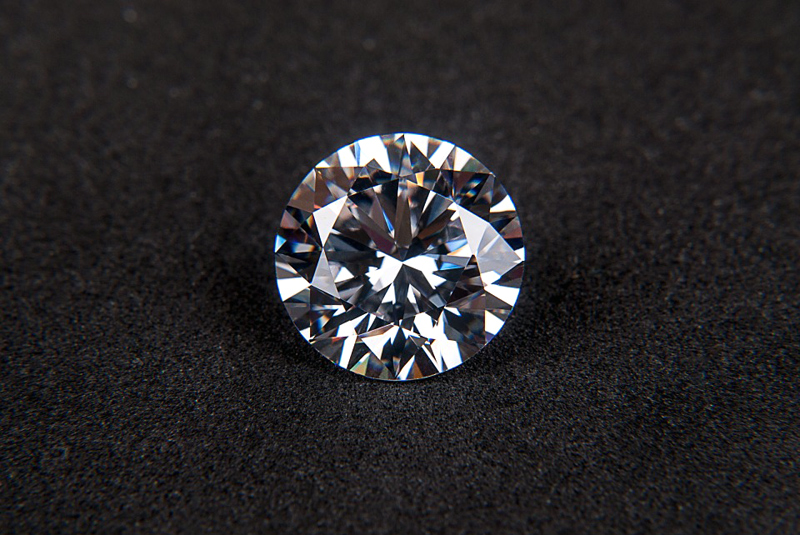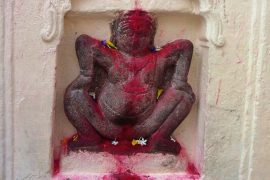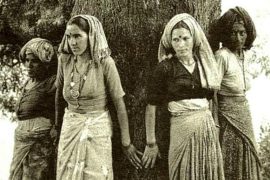For centuries, the Indian sub-continent was the only entity with a diamond mine. No one outside it knew about diamonds until the arrival of Alexander the Great. Decades later, in 1728, diamonds were discovered in Brazil.
The word ‘diamond’ comes from the Greek term ‘adamao,’ meaning invincible. In Sanskrit, a diamond signifies ‘thunderbolt’ and Indrayudha, meaning Indra’s weapon. Similarly, the ancient Greeks believed that diamonds were God’s tears.
Legend has it that diamonds can affect the heavens and hearts. Such beliefs superseded the fascination with the precious stone. For over four thousand years, royalty has adorned it to signify power and strength that no one else possesses.
Golconda, considered the birthplace of diamonds, had its units of measurement for diamonds. The stone fascinated the rich, who considered it an investment. The fascination with precious stones was such that wealthy subjects of the empire converted their riches into diamonds.
However, at the time, only the ruling class could own diamonds; they were often embedded in jewellery and crowns, as diamonds were notable in signifying a ruler’s power, prestige, and wealth.
The Greek author Theophrastus first mentioned the diamond trade in his account, dating back to 315 BC. In it, Theophrastus called the stone Adamas, the Greek adjective for invincible.
Diamonds are difficult to mine. And so myths about their origin proliferated. In particular, the legend of the Valley of the Diamonds is a captivating story. The myth, which dates back to the fourth century, is believed to have been written by Epiphanius, the bishop of Constantia in Cyprus.
Legend has it that a deep, inaccessible valley filled with precious gemstones lured miners seeking diamonds, who threw chunks of meat into the valley. The fresh meat, pierced with sharp stones, attracted the eagles. The eagles then moved the flesh to other more accessible terrains, separated the gemstones as they ate the meat, and made them accessible for miners.
The Chinese, Persian, and Arabic texts narrate various versions of the legend; subsequent Greek versions credit Alexander the Great with discovering the valley.
The diamond trade with the Greeks began when Alexander the Great invaded North India and took some diamonds back to Europe. In 484 BCE, Herodotus was the first Greek writer to mention the display of diamonds in the palaces and temples of Greek rulers.
Ergo, diamonds appear in several Greek mythological stories. In one of the myths, God Zeus transforms some children into adamastos, a word synonymous with diamonds. Another myth narrates how Cronus castrated Uranus (his father) with an “adamant” sickle gifted to him by his mother. Here, ‘adamant’ is believed to be a diamond.
Celestial beliefs about the precious stone are aplenty. Diamonds have been called the broken splinters from fallen stars—stars believed to be the children of the Greek gods Eos and Astraios. These beliefs signify diamonds as an essential piece of Greek mythology.
The stories of the Greeks on Indian diamonds offer beautiful perspectives on the stone’s power. They make for an engrossing tale. A Greek philosopher, Plato, has written extensively about diamonds in his work. He wholeheartedly believed in the mystique that surrounded the stone. The Greek philosopher wrote about how diamonds were celestial spirits embodied in stones.
The objects of desire find themselves mentioned in some of the oldest texts of European literature. In the first century A.D., the Roman naturalist Pliny stated:
“Diamond is the most valuable, not only of precious stones but of all things in this world.” In Chapter 11 of his book, The Natural History, Pliny the Elder says: “The Indian Adamas is found, not in a stratum of gold, but in a substance of a kindred nature to crystal..”. Around 400 BCE, the Greek physician Ctesias published a compilation of the travellers’ tales about India titled Indika. One of the tales mentioned rich diamond deposits guarded by gryphons.
The Greeks’ admiration of Indian diamonds amalgamates myth and mystique. Their fascination with the precious stone, elucidated through myriad texts, gives us a glimpse into how deep that connection was.
-30-
Copyright©Madras Courier, All Rights Reserved. You may share using our article tools. Please don't cut articles from madrascourier.com and redistribute by email, post to the web, mobile phone or social media.Please send in your feed back and comments to [email protected]











